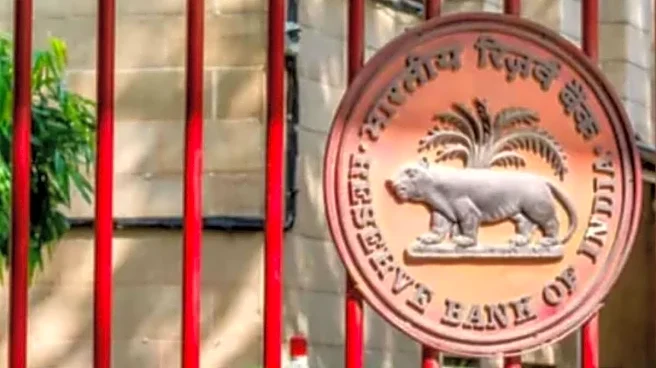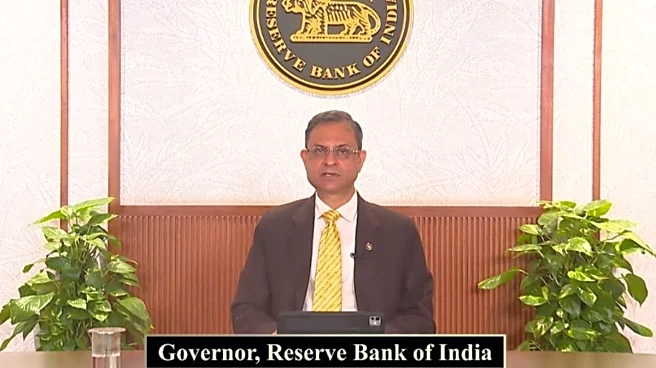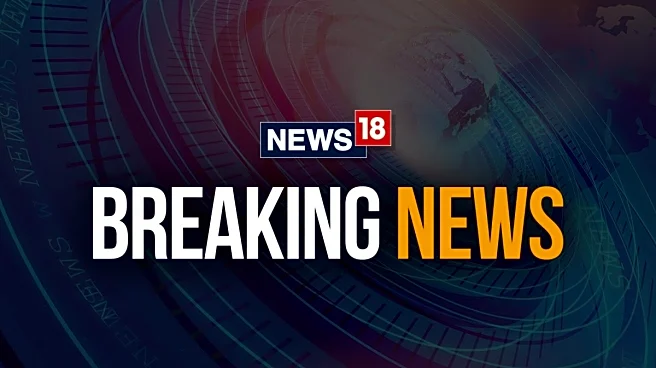What is the story about?
The Reserve Bank of India (RBI) on Wednesday (October 1) announced a series of measures to encourage the use of the Indian Rupee (INR) for cross-border trade, including allowing banks to lend in INR to non-residents from Bhutan, Nepal, and Sri Lanka for bilateral trade transactions.
RBI Governor Sanjay Malhotra said permission has been granted to Authorised Dealer (AD) banks to provide INR-denominated loans to these neighbouring countries, marking a step forward in reducing reliance on the US dollar and mitigating exposure to exchange rate volatility.
To further support INR-based transactions, the RBI also proposed the establishment of transparent reference rates for the currencies of India’s major trading partners.
Additionally, the central bank has expanded the scope of Special Rupee Vostro Accounts (SRVAs), allowing balances to be invested in corporate bonds and commercial papers. SRVAs, maintained by foreign banks with Indian banks, facilitate direct INR settlements for international trade.
Governor Malhotra highlighted that these measures aim to ease pressure on foreign exchange reserves and help maintain a sustainable current account deficit (CAD). India’s CAD moderated to $2.4 billion (0.2% of GDP) in Q1 2025-26, compared with USD 8.6 billion (0.9% of GDP) in the same period last year, supported by strong services exports and remittance inflows despite a higher merchandise trade deficit.
He noted that robust services exports, particularly software and business services, along with healthy remittance receipts, are expected to keep the CAD manageable throughout 2025-26.
On the rupee’s recent performance, Malhotra observed some depreciation and volatility despite strong domestic fundamentals, adding that the RBI continues to closely monitor the currency and will act as necessary to maintain stability.
RBI Governor Sanjay Malhotra said permission has been granted to Authorised Dealer (AD) banks to provide INR-denominated loans to these neighbouring countries, marking a step forward in reducing reliance on the US dollar and mitigating exposure to exchange rate volatility.
To further support INR-based transactions, the RBI also proposed the establishment of transparent reference rates for the currencies of India’s major trading partners.
Additionally, the central bank has expanded the scope of Special Rupee Vostro Accounts (SRVAs), allowing balances to be invested in corporate bonds and commercial papers. SRVAs, maintained by foreign banks with Indian banks, facilitate direct INR settlements for international trade.
Governor Malhotra highlighted that these measures aim to ease pressure on foreign exchange reserves and help maintain a sustainable current account deficit (CAD). India’s CAD moderated to $2.4 billion (0.2% of GDP) in Q1 2025-26, compared with USD 8.6 billion (0.9% of GDP) in the same period last year, supported by strong services exports and remittance inflows despite a higher merchandise trade deficit.
He noted that robust services exports, particularly software and business services, along with healthy remittance receipts, are expected to keep the CAD manageable throughout 2025-26.
On the rupee’s recent performance, Malhotra observed some depreciation and volatility despite strong domestic fundamentals, adding that the RBI continues to closely monitor the currency and will act as necessary to maintain stability.
Do you find this article useful?
/images/ppid_59c68470-image-175930002882989975.webp)

/images/ppid_59c68470-image-175921012324360400.webp)












/images/ppid_59c68470-image-175912503721266134.webp)